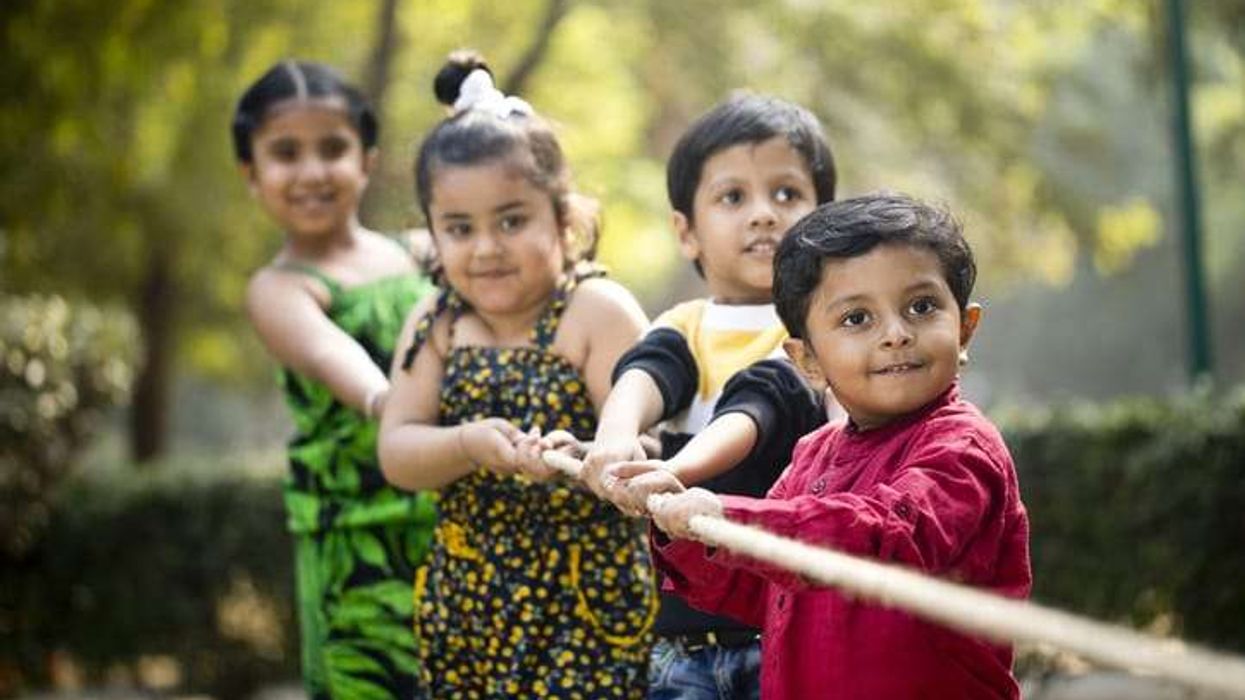By Asjad Nazir.
THIS week Bollywood legend Amitabh Bachchan turns a year older and as he celebrates his 76th birth anniversary, he has no intention of slowing down.
This continued passion to entertain audiences is perhaps why so many regard him as the greatest movie star in history.
Eastern Eye decided to celebrate the legendary actor’s birthday on October 11 by getting his super fan Dharmesh Patel to present 21 reasons why he is awesome. (There are many more).
- He faced many rejections in the early part of his career, but powered through the hardships to finally find success and taught so many to never give up.
- In 2019, the actor will celebrate 50 years as a movie star, having made his debut in 1969 film Saat Hindustani. l He smashed his way into the Bollywood A-list in 1973 and has been there for a record-breaking 45 years.
- With 1973 Zanjeer, he took a role no A-list actor wanted and changed the face of Hindi cinema.
- The talented actor has improvised some of his greatest on-screen moments including the famous scene of him as a drunk man in Amar Akbar Anthony and the final death scene in Deewar.
- He teamed up with Bally Sagoo in 1996 for hit album Aby Baby, which gave a huge boost to the Indian pop industry. He also helped turn Daler Mehndi into a star.
- He built the bridge between Indian film and television with Kaun Banega Crorepati in 2000. That move transformed the television industry forever and helped it grow into a multi-billion dollar industry.
- He became the first living Indian celebrity to have a statue in the world famous Madame Tussauds museum.
- The master of reinvention created a space for the older hero in Bollywood. Before Bachchan, older actors were relegated to supporting roles.
- The actor helped eradicate polio in India by leading a Unicef campaign in 2002.
- He has donated loads of personal wealth to charities and also raised funds for many worthy causes. He has kept most of his charitable deeds a secret.
- The Big B has won so many awards that it’s nearly impossible to list them all. They include accolades from governments, educational institutions, as well as media and Bollywood awards ceremonies. His powerful drama Black (2005) holds the record for most Filmfare Awards won by a single film (11).
- In 2012, he made his fans around the world proud by carrying the Olympic torch through the streets of London.
- In 2013, he was crowned as the greatest Bollywood star of all time.
- The humble star has always honoured others including his parents, acting idol Dilip Kumar and legions of fans. He refuses to accept his legendary status, displaying childlike curiosity and amazement, despite all that he has seen and done.
- He has been greeting fans every Sunday for decades outside his home, whenever he is in the city. He treats fans like family.
- His next release Thugs Of Hindostan is widely tipped to be the highest grossing Bollywood film of 2018.
- He has influenced every leading man who has followed in his giant footsteps and inspired millions of fans.
- The angst in his movies reflected the pain of an era. His romance has moved mountains, his humour is timeless, his fight sequences look effortless and his dance moves are iconic.
- The Big B has become equally famous for being punctual, thoroughly professional and disciplined.
- He is among the coolest granddads ever.
- Last, but certainly not least, this actor is kind-hearted, treats everyone equally and has created memories that will last forever.











